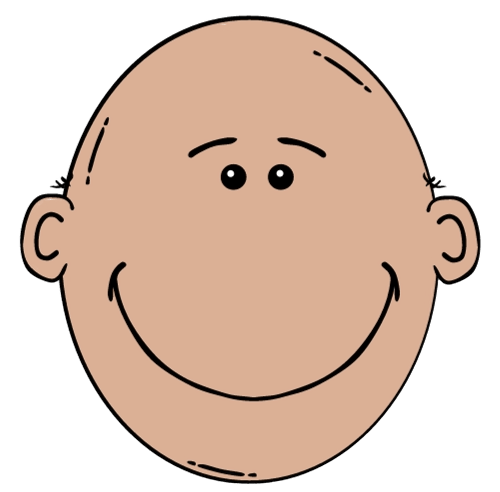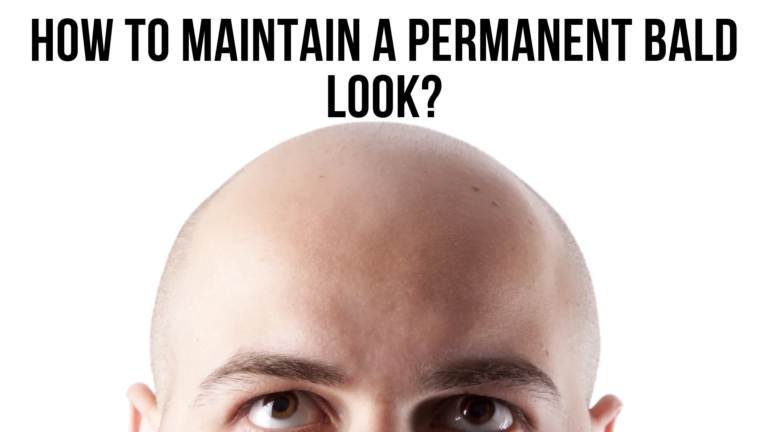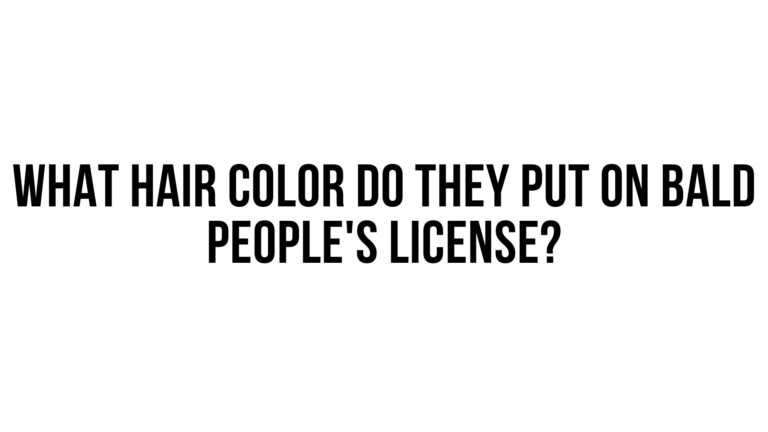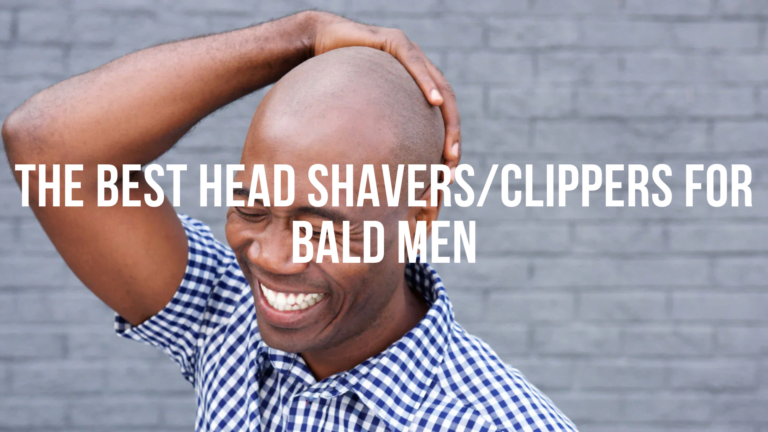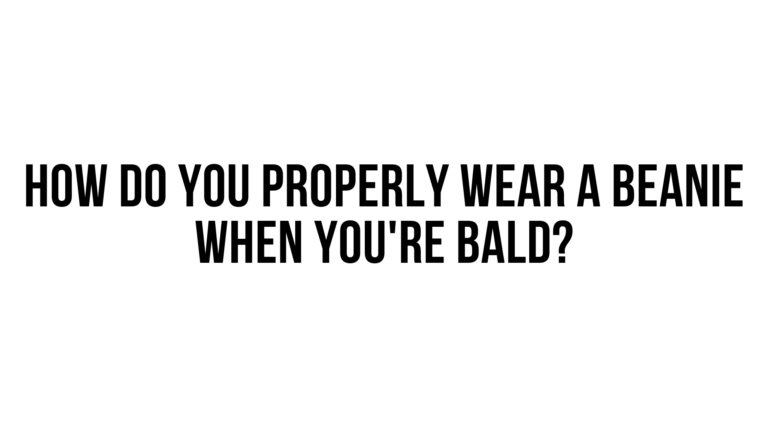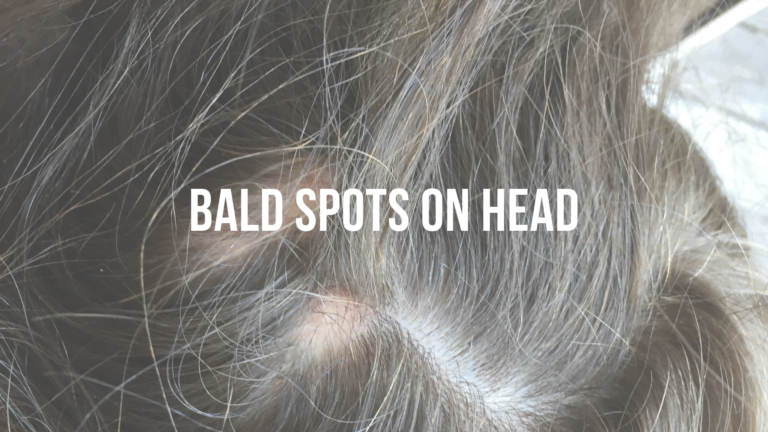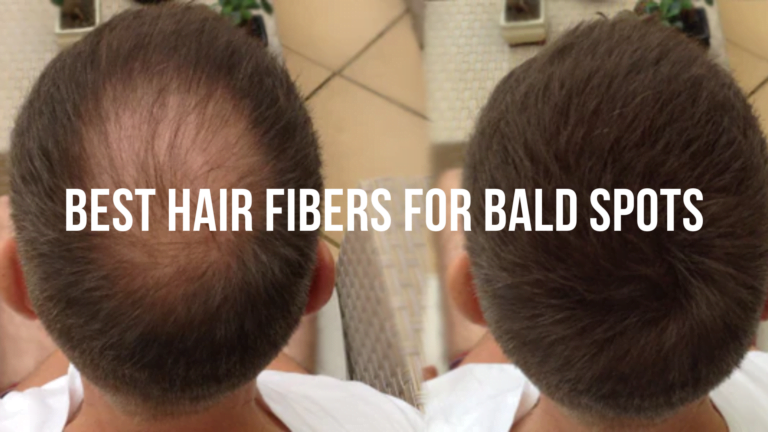After a routine visit to her dermatologist, Martha’s doctor slips her a thought-provoking, or perhaps panic-inducing, comment: “Be careful not to pull your hair too much with your hairstyles. They may fall out and have trouble growing back. Hair needs to be free to keep its strength and health.”
On the way to her car, she was plagued by images: big clumps of hair with every brush stroke, fistfuls of curls in the shower for which she had no idea the cause, and persistent scalp pain.
And yes, ladies (and gentlemen with long hair), if you rely too much on the chignon or the proverbial ponytail to avoid morning brushings, your seductive mane is likely to be in short supply. These hairstyles pull on the roots, and this can lead to a bald patch known as traction alopecia.
Blimey! Yet another detail to add to an already overloaded beauty routine…
What is traction alopecia?
Traction alopecia is caused by overly heavy or tight hairstyles that pull on the scalp, gradually pulling the hair shaft away from its cavity.
The result? Hair loss that can be irreversible.
The constant tension in the affected area causes inflammation of the follicles. Over time, the damage to the follicles causes them to atrophy, and if you don’t put a definitive stop to the cause of the problem, they’ll stop producing hair.
There’s also a kind of alopecia called ACCC (central cicatricial centrifugal alopecia.) It’s seen almost exclusively in women with frizzy hair, and is often confused with female pattern baldness, because it starts at the crown and spreads into neighboring areas.
A combination of too much stress (traction) on the hair with the use of chemicals such as relaxers and/or bleaching agents damages the keratin structure of the follicle, resulting in hair loss.
Is traction alopecia reversible?
Yes and no.
The dictates of fashion, religion and cultural customs produce an immense variety of hairstyles, each causing unique stress on the hair. For example, ponytails like those often worn by American singer Ariana Grande can produce frontal or parietal hair loss.

Tight braiding produces marginal or central alopecia. High buns can produce horseshoe-shaped alopecia in the center of the scalp.
Brush rollers applied too tightly produce irregularly shaped areas of alopecia. Vigorous brushing can even produce diffuse hair loss.
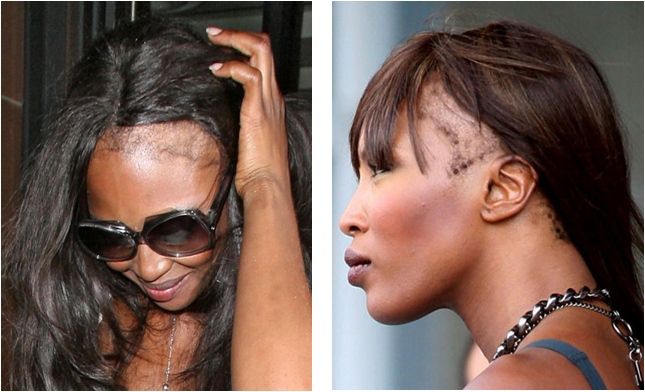
This is why it’s so important to adopt a new approach to styling your hair. If you spot the warning signs early enough and change your habits, your hair will stop falling out and should, with time, patience and lots of care, return to its former glory.
But if the hair follicles have been traumatized over a long period of time, the hair won’t grow back. Affected areas of the scalp are likely to have a shiny, scar-like appearance.
In severe cases, surgical restoration such as hair transplantation is recommended. If you think you may be affected by traction alopecia, it’s imperative that you consult a specialist as soon as possible.
Read Also: Can Headphones Cause Hair Loss?
A few tips to keep in mind
The ideal solution is to allow the hair to be completely natural and free. But the reality is that this isn’t always possible for most of us. Hair can be unmanageable, and who has time to blow-dry in the morning between the kids’ breakfast and the run to the office?
You can continue to tie your hair back, but we advise you to vary your hairstyles from week to week. Traction alopecia is generally the result of tension on your hair always in the same place, day after day.
Opt for larger, looser braids. Wear your ponytail lower, not higher than the height of your ears. Use fabric-covered elastics. Avoid straightening, weaves and tight curlers.
For women with frizzy hair, follow the “rule of four”: “No more than four packs, no more than four weeks, no more than four times a year”.
After braiding or tying your hair, slowly rotate your head. Does it feel like it’s pulling? If so, loosen your hair.
Finally, to keep your hair healthy, don’t forget to moisturize regularly, and remember to massage your scalp with or without care. Remember, good detangling is done from the ends down to the roots, on wet hair with conditioner.
Does a ponytail look good on a man’s bald head?
As I walked past a fellow individual with advanced hair loss, I couldn’t help but observe that he had chosen to complement his baldness with a distinctive ponytail.
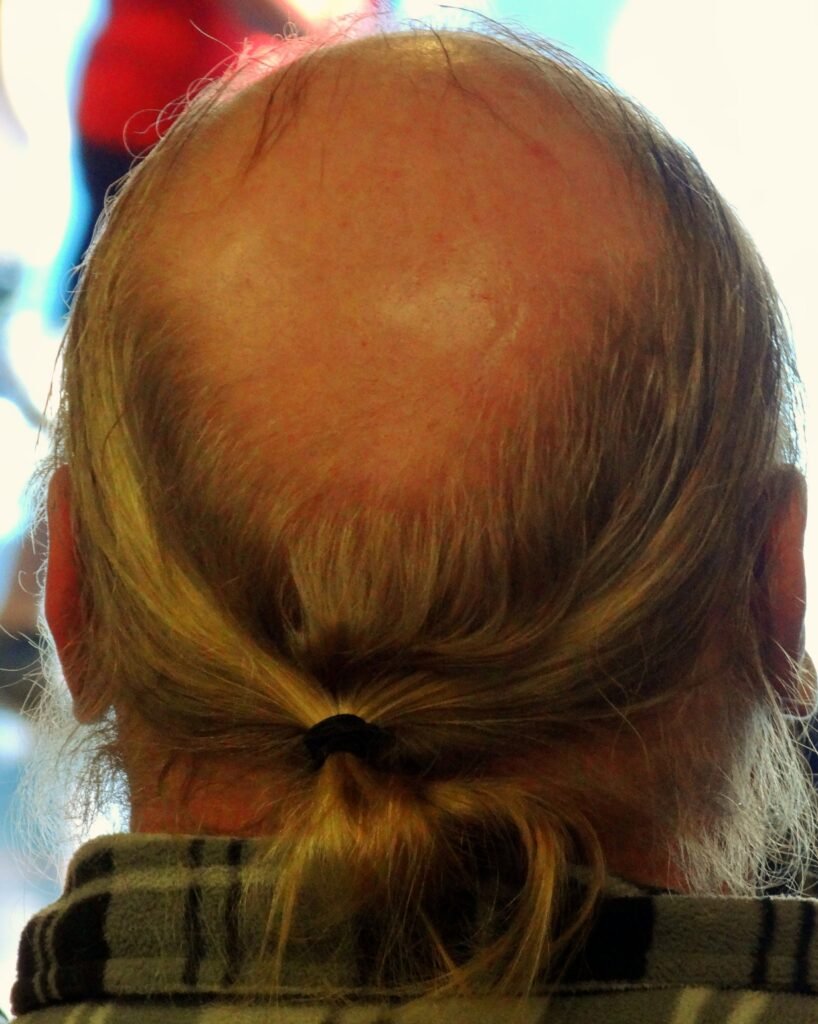
This choice left me pondering the underlying motivations. Could it be an attempt to evoke the spirit of an ancient samurai?
Embracing a shaved head as a lifestyle choice necessitates relinquishing the use of hair as a fashionable accessory. So, it begs the question: why do certain men opt to retain a ponytail in conjunction with their bald heads?
I decided to conduct some research in an attempt to find someone who could successfully carry off this unconventional bald head and ponytail combination, but my quest proved fruitless.
Let’s delve into the reasons behind the unfavorable reputation of the bald head ponytail look and explore more suitable alternatives.
Typically, those who adopt the bald head ponytail look tend to be aging hippies yearning for their bygone “long-haired” days.
This hairstyle choice is often criticized because it appears to be a form of denial regarding the reality of hair loss. Essentially, it transforms the individual into an eccentric aging hippie, blending a bald head with a ponytail.
Indeed, a ponytail accompanying a bald head can be likened to the ill-fated comb-over on a bald scalp in terms of aesthetic appeal.
